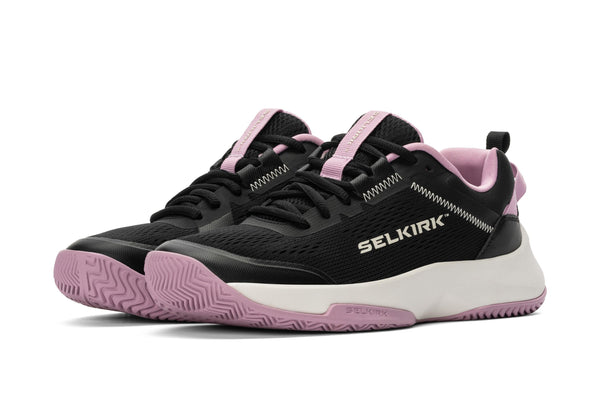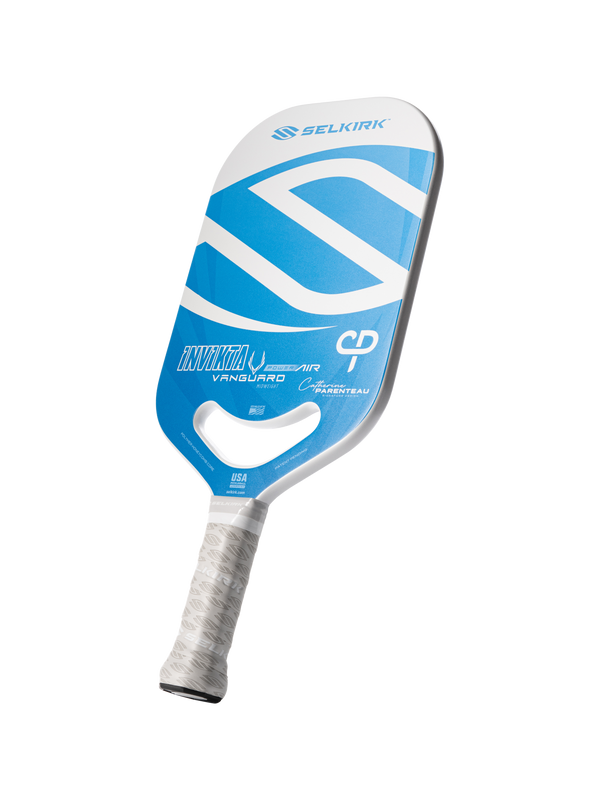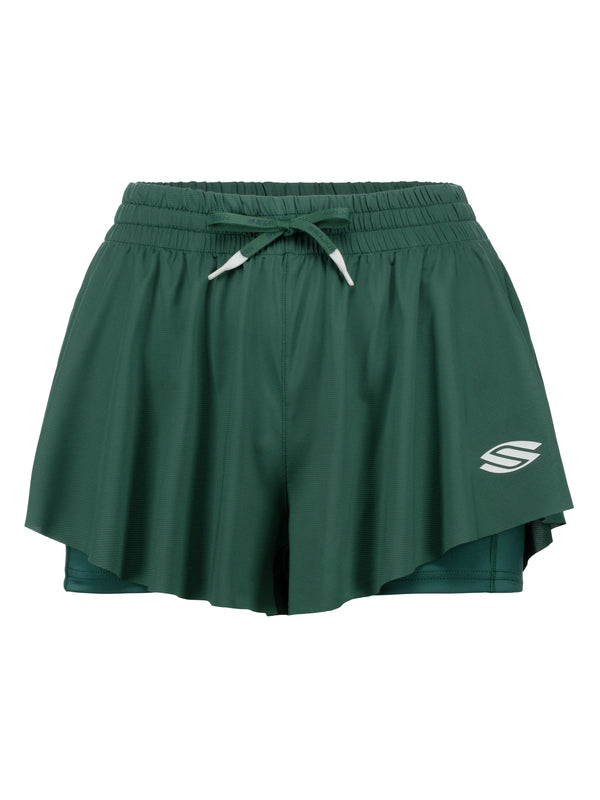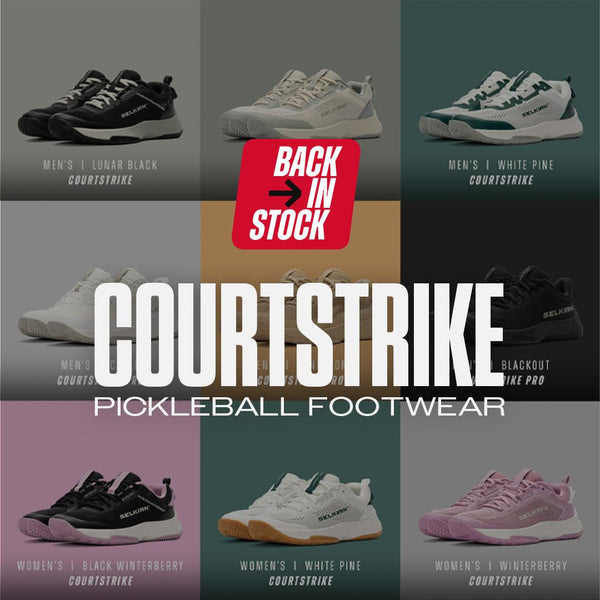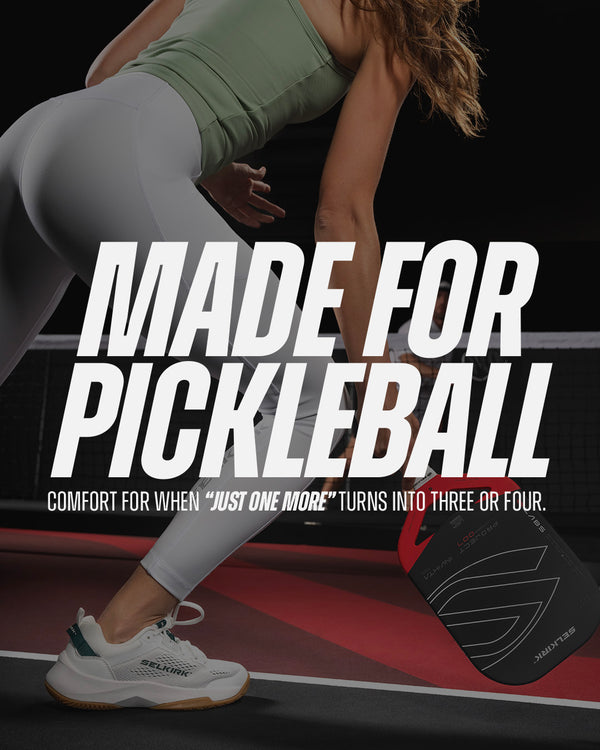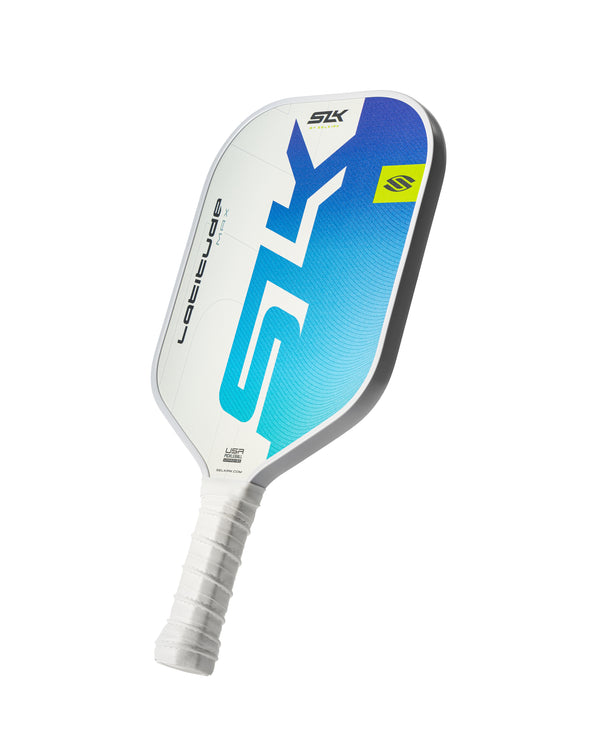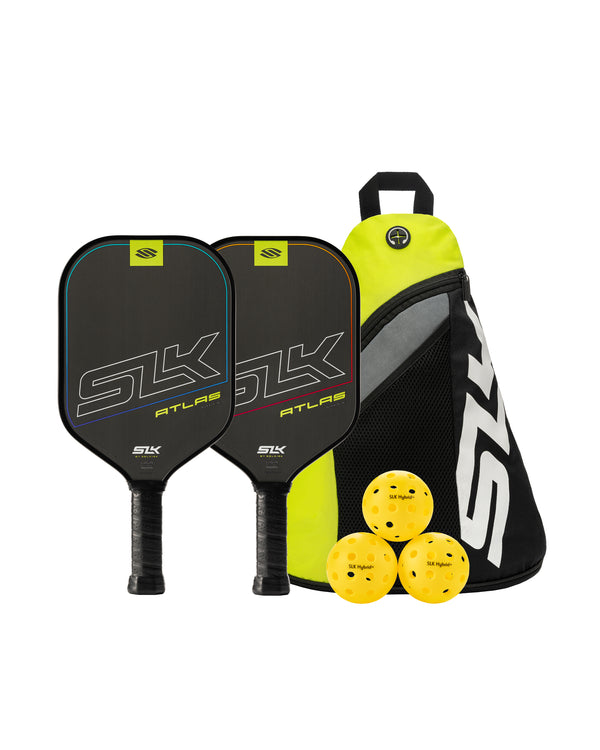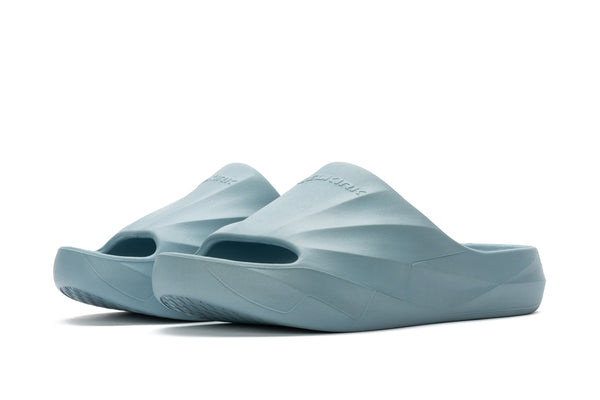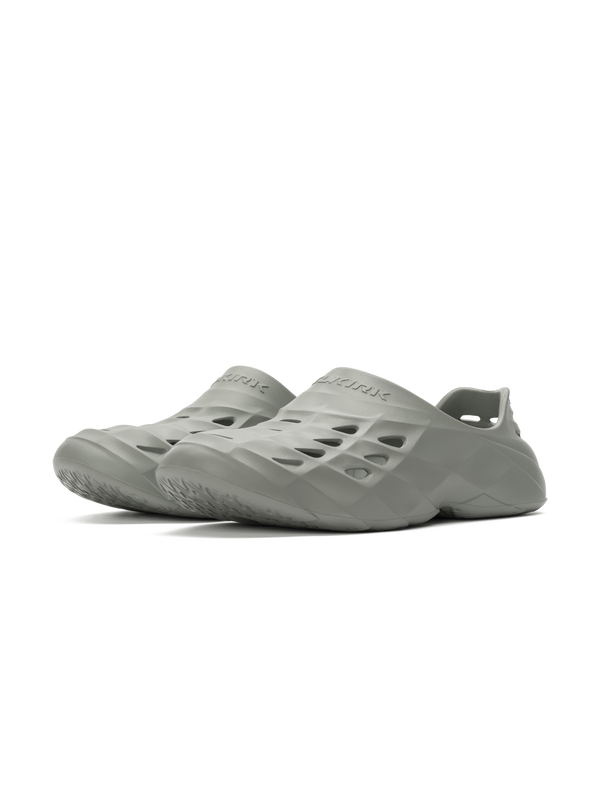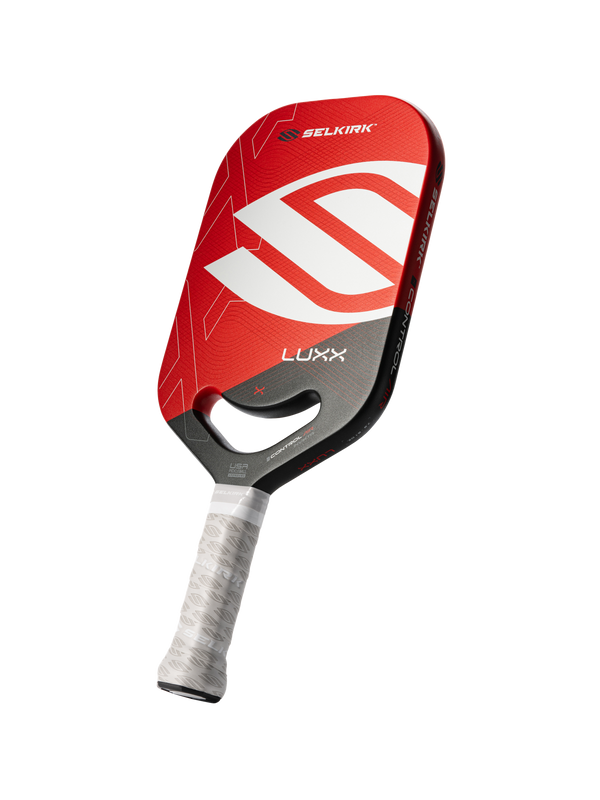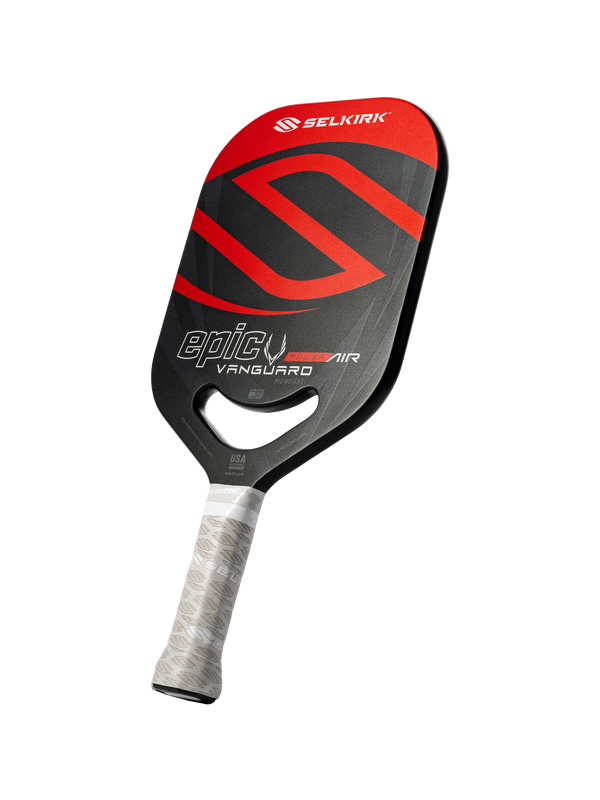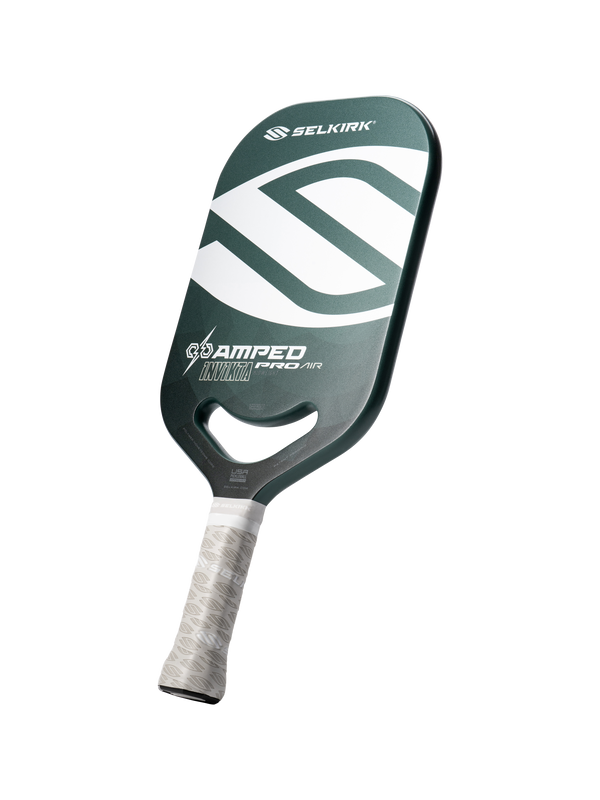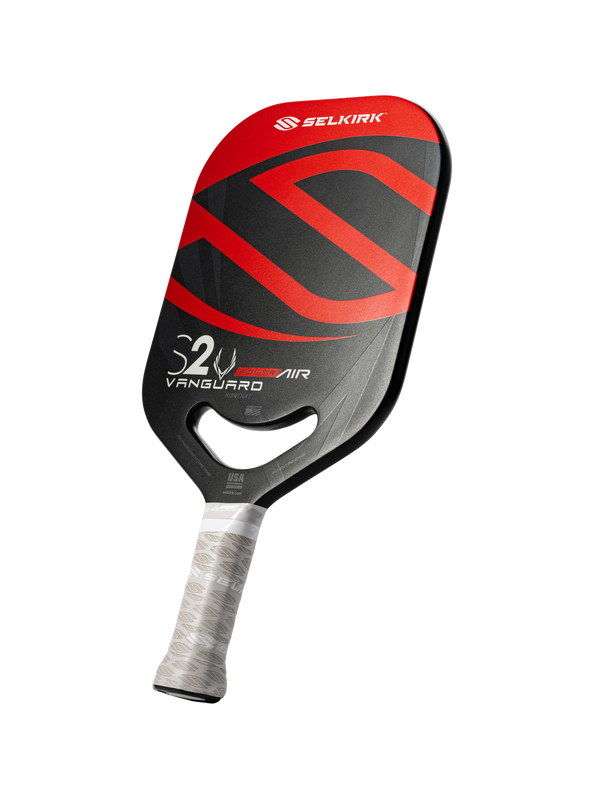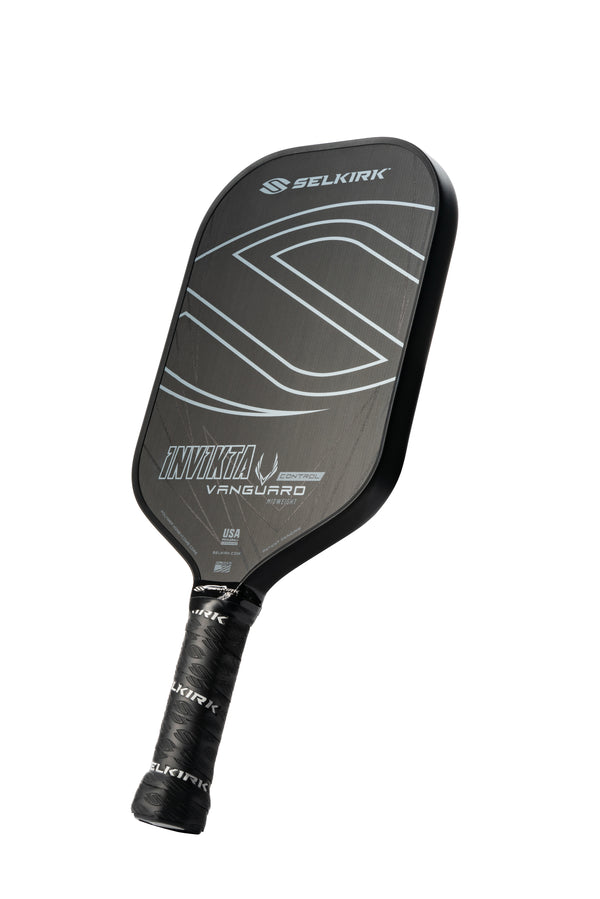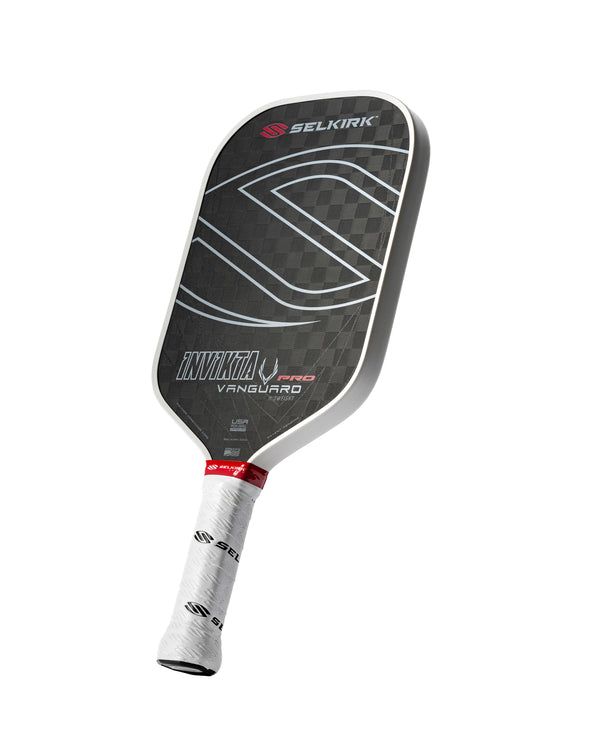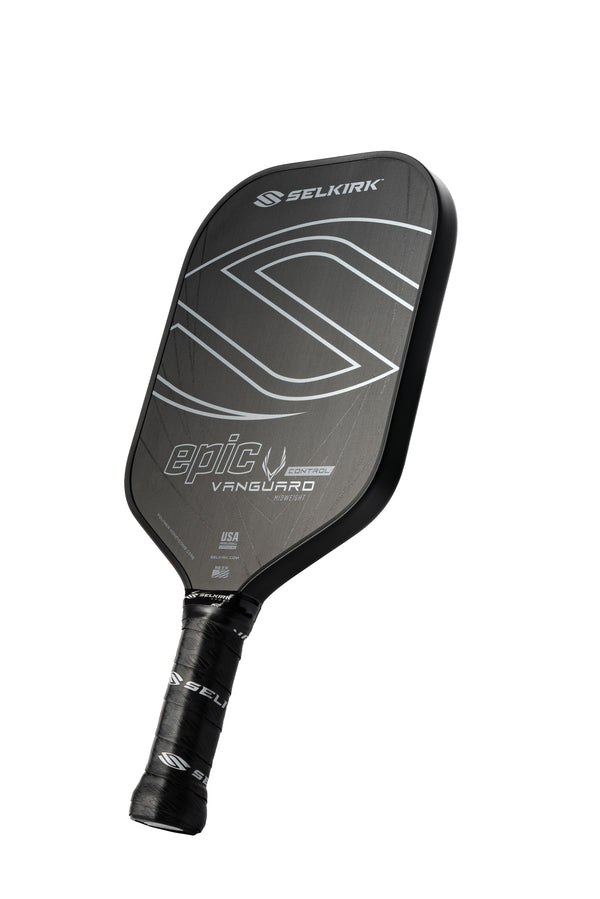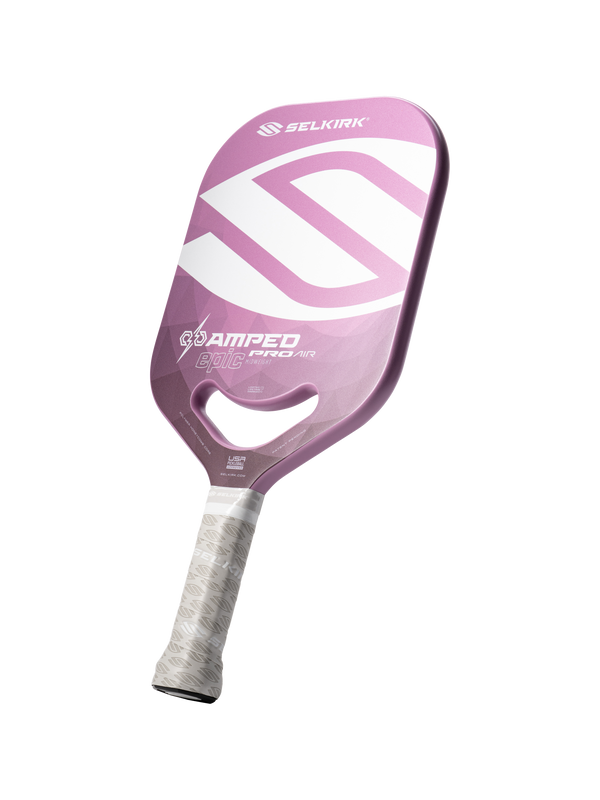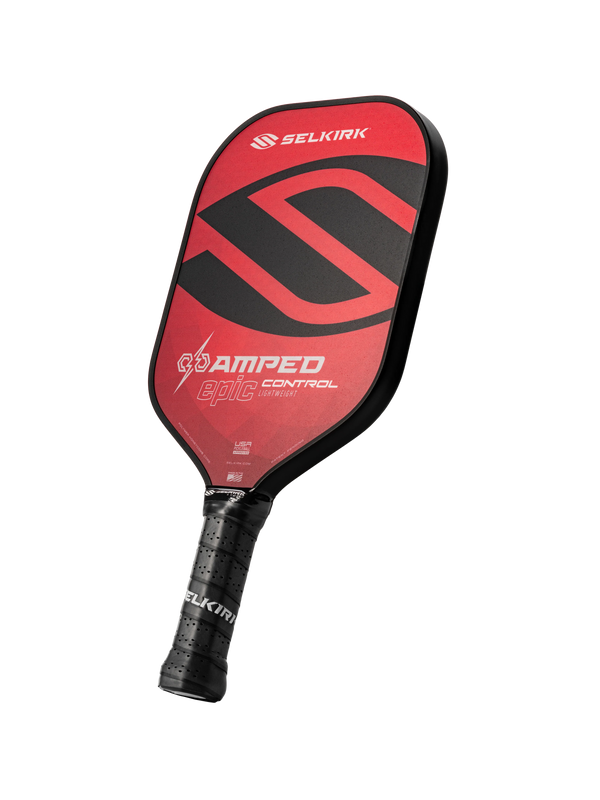Pickleball is one of the fastest-growing sports in the world — and for good reason. It’s fun, social, and easy to learn but challenging to master.
But like anything new, starting pickleball comes with a learning curve and a few surprises. Whether you’re just getting into the game or are still thinking about picking up a paddle, here are some things many players wish they knew before their first match.
Pickleball is more addictive than you think
Be prepared to fall in love with the game ... and rearrange your schedule
It might sound like an exaggeration, but pickleball is addictive. Most people start playing once or twice a week and quickly find themselves rearranging their calendar to fit in more court time.
What makes it so addictive? It’s the perfect mix of exercise, social interaction, and healthy competition.
There’s a low barrier to entry, so beginners feel successful right away. But the more you play, the more you realize how much strategy, finesse, and footwork go into improving.
It’s a game that keeps giving, and once you catch the pickleball bug, it’s hard to stop.
You don’t need to be a tennis player to succeed
Many people think you need a racket sports background to enjoy pickleball, but that’s simply not true. In fact, some of the best players have never picked up a tennis racket.
The court is smaller, the paddle is lighter, and the game rewards quick thinking and precision over brute strength.
If you’ve played ping-pong, badminton, or even dodgeball, you already have transferable skills. Just focus on footwork, patience, and learning the rules — you’ll be winning rallies in no time.
Invest in a good paddle from the start
It’s tempting to grab the cheapest paddle on Amazon when you’re just starting out, but investing in a quality paddle early on will make a huge difference in your learning curve and enjoyment.
Cheaper paddles often have poor control, limited durability, and can actually hold you back as you develop your game. Selkirk’s SLK line offers affordable, beginner-friendly options made with quality materials and thoughtful design.
The SLK EVO, SLK Atlas, and SLK Latitude are all great choices that balance performance, comfort, and price, so you can play your best from day one. If you need more help selecting your first paddle, try Selkirk's online Paddle Fit Assistant.
Court etiquette matters more than you think
Beyond the official rules, pickleball has a unique culture and set of court manners. Knowing when to rotate in, how to call the score, and how to signal an out ball can go a long way in helping you fit in and enjoy the community.
One big tip: don’t walk across an active court to get your ball. Wait until the rally is over. And always be friendly — pickleball players are known for being welcoming, but it’s a two-way street.
Your legs and glutes will be sore
Don’t let the smaller court fool you, pickleball is serious exercise. All the quick lateral movement, squatting, and lunging work muscles you didn’t even know you had.
Be ready for sore calves, glutes, and even a sore shoulder on your paddle arm.
Warm up properly, stretch after games, and ease into longer sessions to avoid injury. Wearing good court shoes can also help with support and shock absorption.
There’s more strategy than meets the eye
At first, it’s easy to focus on just hitting the ball hard across the net, but power isn’t everything. As you advance, you’ll learn that finesse, placement, and strategy often win over brute force.
One of the most important skills to learn is the “soft game,” including dinks, drops, and resets.
Knowing when to slow the pace, reset a rally, or draw your opponent in with a dink can be the difference between winning and losing. Watching pro matches and practicing control drills can help you develop this vital part of your game.



